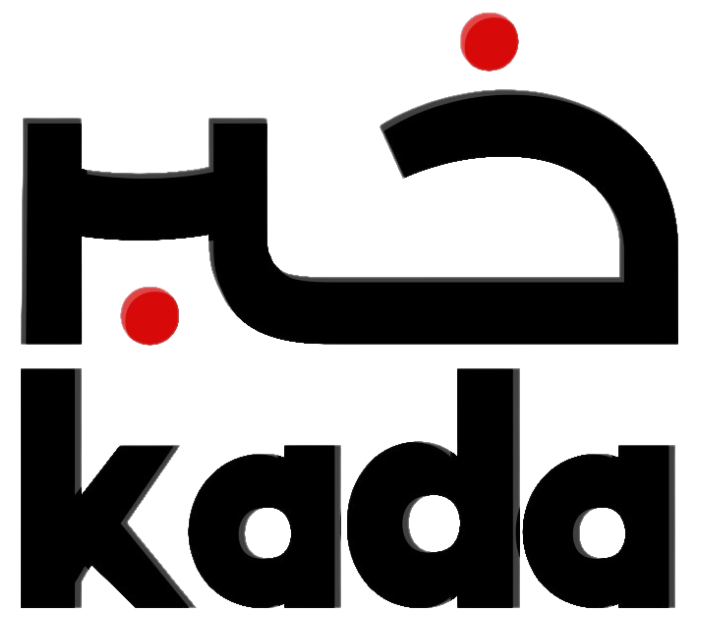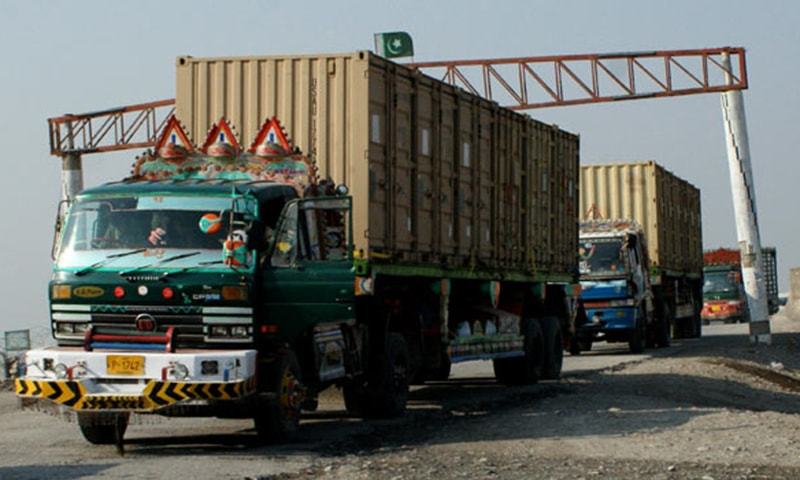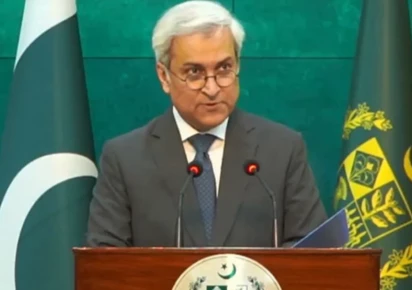Evin Prison, located in the Evin district of Tehran, Iran, is one of the country’s most well-known detention facilities. Established in 1972 under the reign of Mohammad Reza Shah Pahlavi, the prison has since become a symbol of Iran’s judicial system and a site of both domestic and international attention. Known for housing political prisoners, journalists, academics, and activists, Evin has been at the center of many discussions about human rights and justice in Iran. An Israeli attack on the prison’s gate on June 23 has once again brought it into the limelight.
In recent years, Evin has drawn attention for housing dual nationals and foreigners accused of espionage or other crimes. High profile prisoners include French couple Cecile Kohler and Jacques Paris and Swedish Iranian citizen Ahmadreza Djalali Governments and advocacy groups have called for their release, often citing a lack of due process or transparency in their cases.
Evin Prison was originally constructed to serve as a detention center for political opponents of the Shah’s regime. Designed to hold around 320 inmates, it was intended to house those accused of crimes against the state. Following the 1979 Islamic Revolution, the prison came under the control of the new government and has since expanded significantly, now accommodating thousands of inmates.
Over the decades, Evin has been a site of significant political and historical events in Iran. During the 1980s, it played a central role in the imprisonment and execution of individuals accused of opposing the Islamic Republic. In the years since, it has continued to house a wide range of detainees, including those accused of espionage, political dissent, and other crimes.
Evin Prison is a large complex with multiple wards, each designated for particular groups of inmates. Some wards are reserved for political prisoners, while others house those convicted of common crimes. There are also sections for women and separate facilities for high-profile detainees, including foreign nationals.
Reports from former inmates and human rights organizations have described the conditions in Evin as highly variable. Some wards are overcrowded, while others provide better facilities for certain detainees. Access to legal representation, healthcare, and visitation rights can also vary depending on the circumstances of the inmate.
Evin Prison has been the focus of international scrutiny for decades, particularly regarding the treatment of political prisoners. Reports from human rights organizations such as Amnesty International and Human Rights Watch have raised concerns about the use of solitary confinement, allegations of torture, and restrictions on legal and family visits. The prison has also been criticized for its role in suppressing dissent, as many journalists, activists, and students have been detained there.
Iranian authorities have occasionally acknowledged criticisms of Evin Prison and have made efforts to address some of the concerns. For instance, there have been reports of improved medical facilities and better access to legal counsel in certain wards. However, activists and former inmates argue that significant reforms are still needed to address the broader issues within the prison system.
In 2022, a fire broke out in the prison, reportedly causing several casualties and raising further concerns about the safety and management of the facility. The incident underscored the complexities of running a prison of Evin’s size and significance.
Evin Prison remains a prominent feature of Iran’s judicial and political landscape. For many, it symbolizes the challenges of balancing national security with individual freedoms. While the prison is often a point of contention in discussions about human rights in Iran, it also serves as a reminder of the country’s complex history and the ongoing tensions between political reform and state authority.







